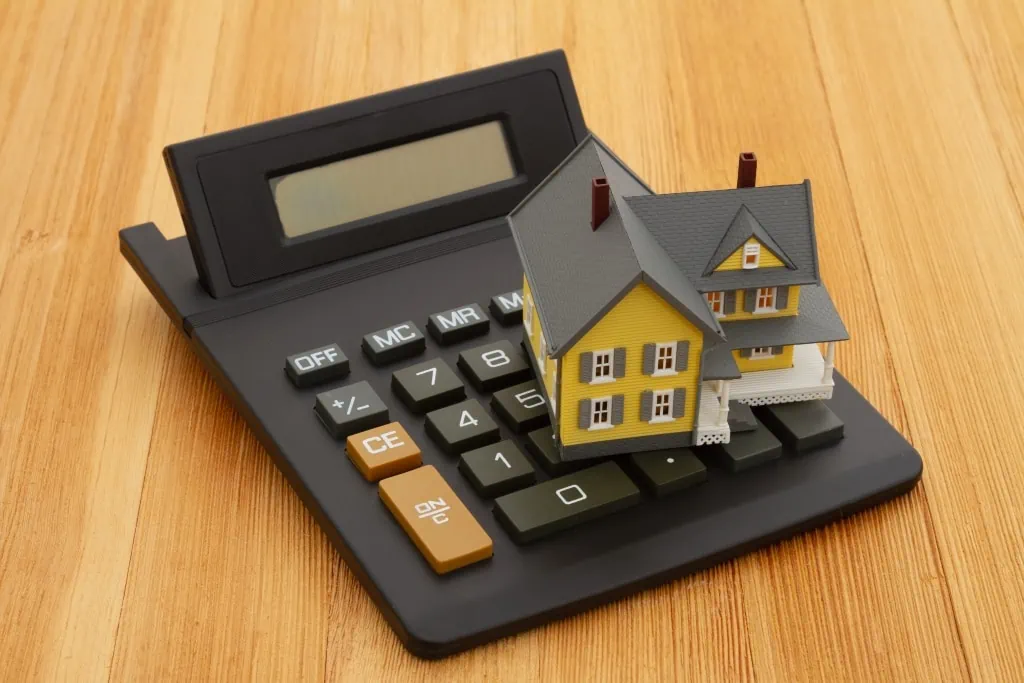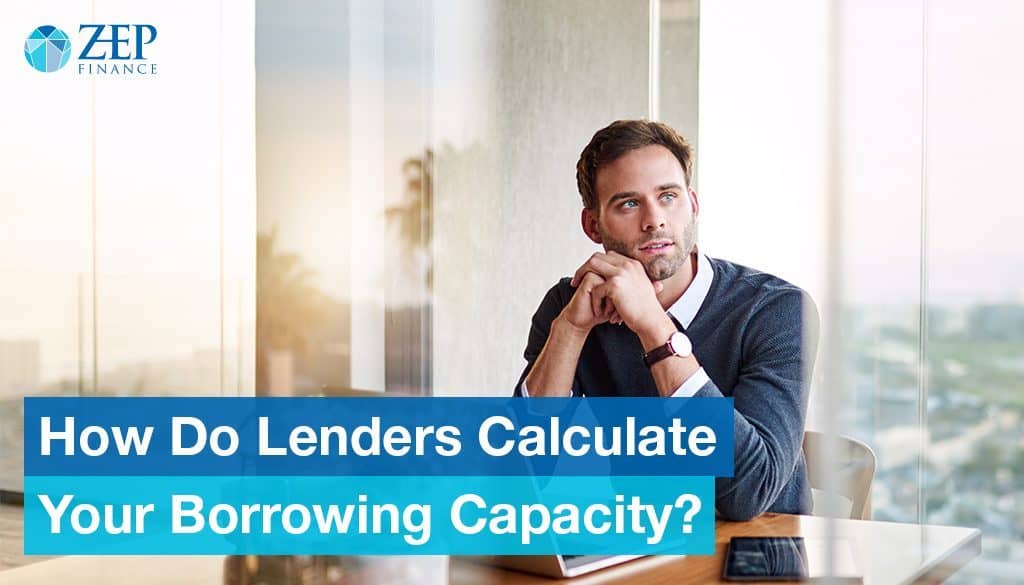How Do Lenders Calculate Your Borrowing Capacity?
Managing budgets and understanding the nitty-gritty of financing can seem overwhelming – particularly for first-time home buyers without much experience. But fear not! By educating yourself on how lenders calculate borrowing power, you’ll be one step closer to achieving that long-standing dream of homeownership.
In this post, we’ll be breaking down the borrowing capacity formula lenders use to do their calculations for a person’s buying power. We’ll also cover the common factors that affect someone’s buying power and other factors that may affect the borrowing capacity total.
Also in this article are a few tips on how you can increase your borrowing capability. So, if you’re interested in learning more about this topic, keep reading to unlock your borrowing potential for home ownership.
What is borrowing capacity?
Before we launch into the specifics of how to calculate the limits set for your borrowing power, let’s first understand what this phrase means.
In a nutshell, borrowing capacity is the maximum amount of money someone can borrow from a lender with consideration for their capacity to pay the loan in full and on time, and without the borrower risking their financial solvency. In short, it’s how much lenders can offer you in a loan based on your capability to pay the amount back without fail.
A person or organisation’s borrowing power is determined by several factors (we will get to this later in this article), and lenders use an assessment rate to examine your loan application.
How does your borrowing power play into your home loan application?
Determining the amount you can borrow involves an analysis of multiple financial aspects of your life. One of these is your debt level relative to your income stream or in simpler terms, how much you make versus how much you owe and spend.
Lenders place a great deal of emphasis on this capability. Knowing exactly how much you can realistically borrow protects both parties from potential losses that may arise from failed repayment obligations due to insufficient resources.
How to calculate borrowing capacity
Now, here’s the caveat: your borrowing limit has nothing to do with how much you have in savings or how much equity you have in your house. It’s solely based on your income and your expenses.
In the video below, our founding director Zain Peart walks you through the process of how to work this out.
You should always discuss your individual circumstances with a trusted mortgage broker. BOOK NOW WITH A MORTGAGE SPECIALISTFactors to Consider When Calculating Borrowing Power
The biggest factors that weigh in your application are your gross income, existing commitments, and living expenses.
Gross Income
Gross income is your total earnings before any taxes or deductions are made. When you look at your paycheck, it’s what you will see under the term “gross pay.”
A person’s gross income isn’t solely what they make from their current employment. It can include the following:
- Base income
- Overtime income that is regular and ongoing
- Bonus income
- Commissions for at least one or two years
- Tax-free income (e.g., Family Tax Benefits A & B)
- Rental income from investment properties
Existing Commitments
Now, when it comes to existing commitments, these are any payments you’re required to make regularly. These are payment obligations a person enters into via an agreement or contract with another party. These existing commitments can include:
- Existing mortgages
- Credit Card debts
- Personal Loans
Living Expenses
Your living expenses are essentially what you spend on food, clothing, transportation, and other items you need to live on. Your cost of living and living expenses are basically the same thing – the amount of money needed to cover your basic needs and to live a certain way.
Living expenses are calculated by lenders via a tool called Household Expenditure Measure (HEM). The HEM helps determine your available income for repaying a home loan. It also represents the average dollar amount your household spends annually.
Other Factors
Aside from the aforementioned factors, there are a few other considerations that come into play when lenders calculate your borrowing capacity. These include the following:
- Buffer – Also called an interest rate buffer, this is when lenders add an extra percentage to the interest rate as a “buffer” to see if you can still afford to pay for your loan in case interest rates increase. The usual buffer they tack on to these calculations is around 2.5% but can be higher in times of rising interest rates like we’ve seen this year in 2023.
- Surplus – As the word implies, this is money left over or your surplus funds after all your financial obligations have been met.
- Tax / Medicare – These are calculated differently for each person, depending on circumstances that affect the Medicare tax levy, such as your income, the income of your spouse, and if you were eligible for an exemption.
- Negative Gearing – This is when you have an investment property that’s actually costing you more than it’s earning. So, instead of earning, you’re operating at a loss.
Borrowing Capacity Formula

Now you know what factors affect how your borrowing power is assessed. So, how is borrowing power calculated? Here’s the basic formula lenders use when they do this:
Gross Income – (Tax + Existing Commitments + New Commitments + Living Expenses + Buffer) = Monthly Surplus
Example:
Say your proposed home loan repayment is worth $2,500 (i.e., your “new commitments”). You earn $10,000 each month. You pay $2,000 in taxes, $300 in existing commitments like credit card dues, and $2,000 in living expenses like your food and clothing allowance. Your lender of choice has assigned your buffer figure to be $400.
This is how your buying power calculation would look like:
$10,000 – ($2,000 + $300 + $2500 + $2,000 + $400)
$10,000 – ($7,200) = $2,800 worth of monthly surplus
Your monthly surplus is $2,800. With your proposed loan repayment of $2,500, lenders would label your application as a lesser risk.
However, as mentioned above, lending criteria may vary from lender to lender. We recommend talking to a professional mortgage broker to be crystal clear about what borrowing power calculator specific lenders use and what it entails.
BOOK A CHAT WITH USHow to increase borrowing capacity?
If you think your current borrowing capacity doesn’t give you enough wiggle room for your home loan needs, you should consider trying to increase it. How do you do this?
There are many ways you can increase your borrowing capacity. The most logical one is to increase your income. Since it’s one of the most important factors used to gauge how much you can borrow, augmenting how much you earn is one surefire way to stretch your borrowing power.
Another way you can increase your borrowing capacity is to reduce your living expenses. Living a more frugal life will also give you the chance at higher borrowing power since this will give you more surplus cash. Reducing existing debts and paying off loans as well as credit cards can also help in this regard.
One thing to note, however, is that the equity on property that you own, or on your home for that matter, won’t be considered when calculating your borrowing limit.
Watch this video to find out more about home equity and the misconception that it can increase borrowing capacity.
Let Our Brokers Help You with a Stress-Free Mortgage Application
So, there you have it! Those are the basics of how borrowing capacity is computed. Now that you understand how your borrowing power is assessed, you’re one step closer to becoming a homeowner. If the whole process still seems daunting, don’t worry — our mortgage brokers are here to help.
Reach out today, and we’ll get started on helping you achieve your homeownership goals.
Speak with a Mortgage Broker Now







